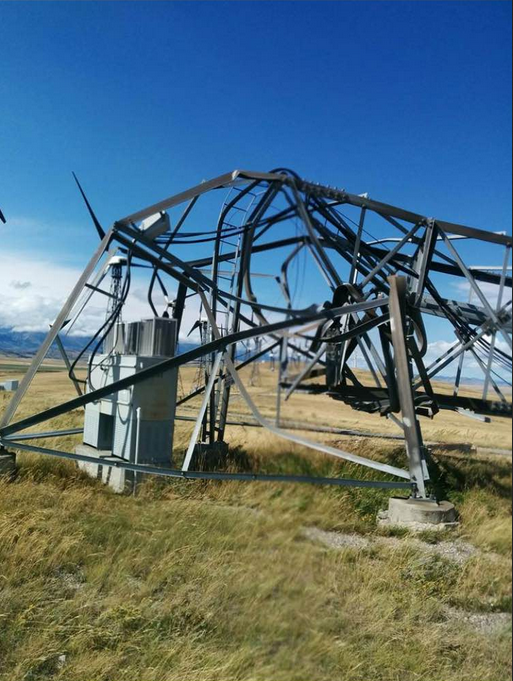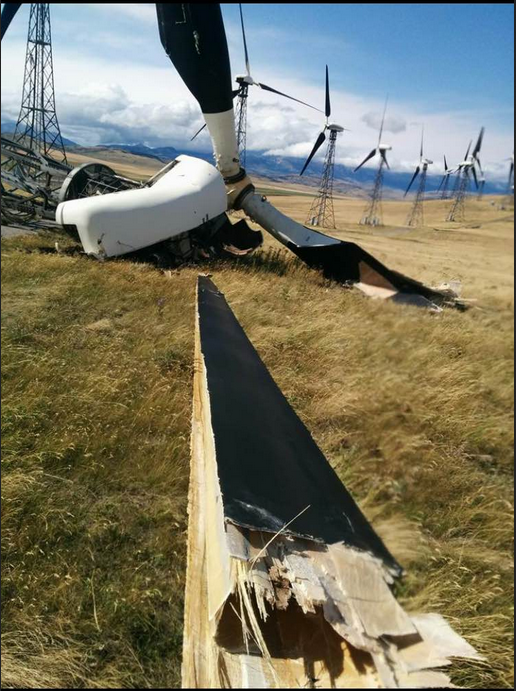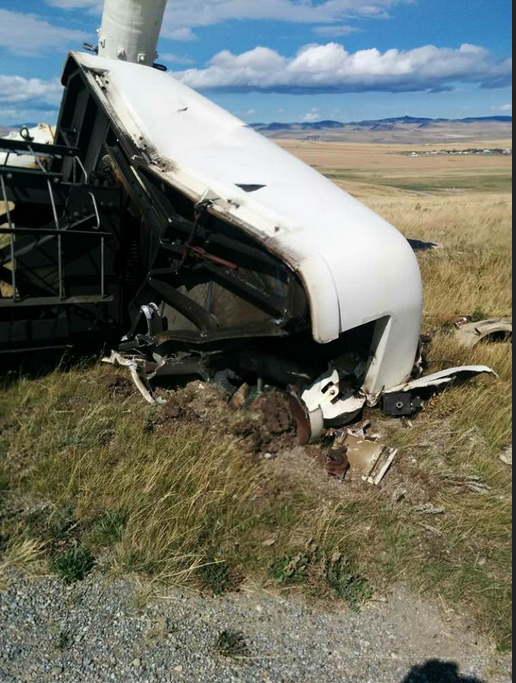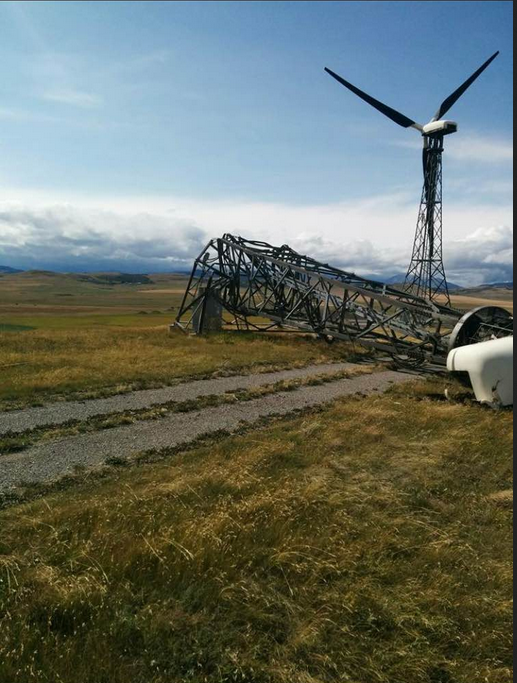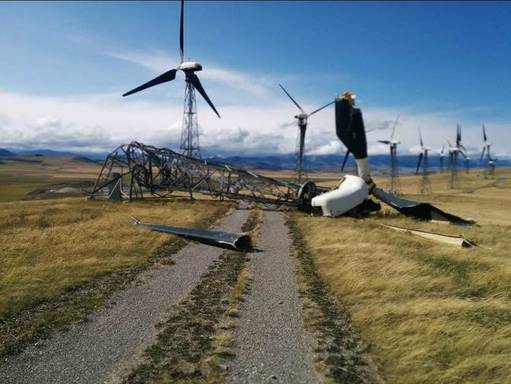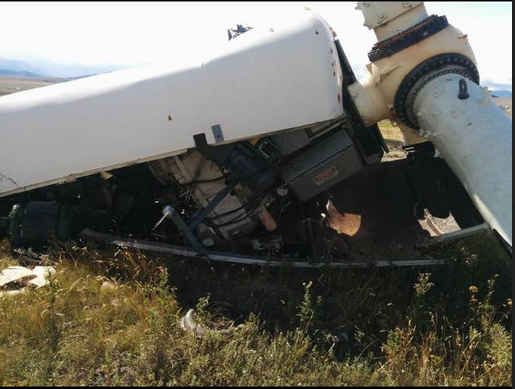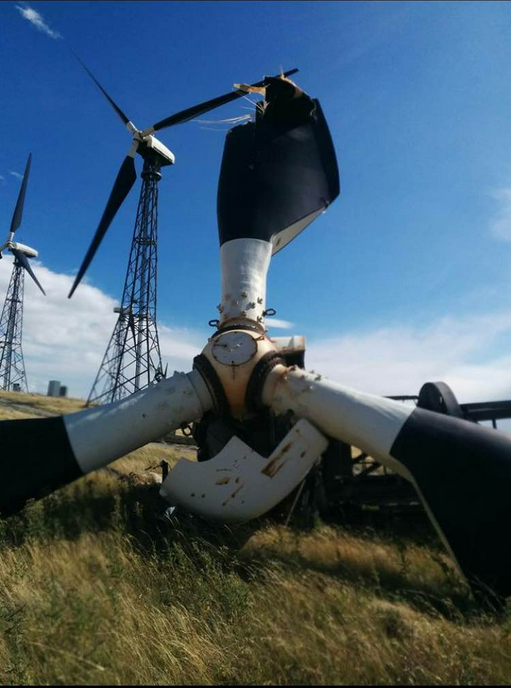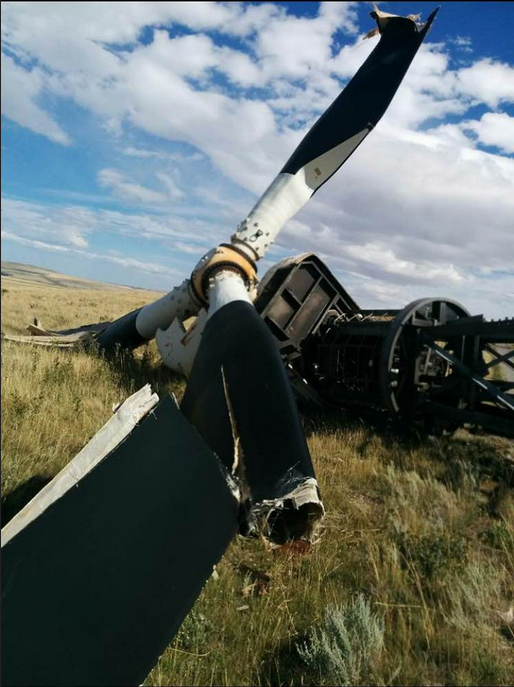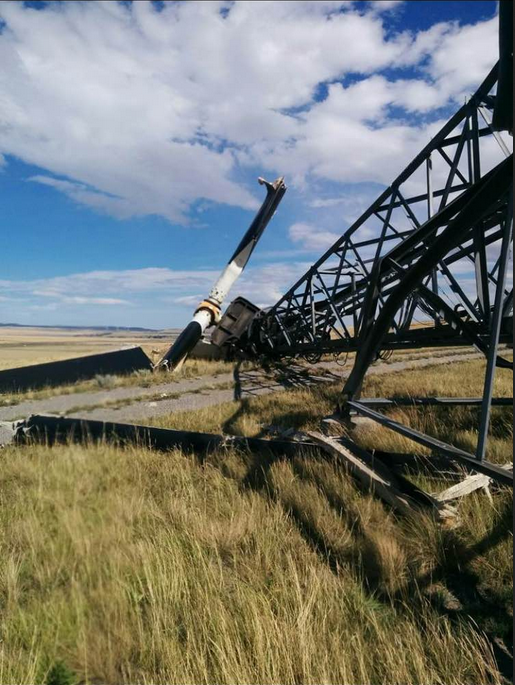
Premier Rachel Notley says misinformation from government officials has helped whip up concern and opposition to the new farm safety legislation, but she insisted the bill will be passed this fall.
Speaking in a conference call from the international climate conference in Paris, Notley said there will be an announcement soon on how the government will address those concerns and proceed with the legislation.
Labour Minister Lori Sigurdson later clarified on a Calgary radio show that amendments will help clear up confusion around Bill 6 and reassure Albertans that family farms will be protected.
However, Notley said Bill 6 will be passed during the current sitting of the legislature — expected to end next week — prompting the opposition Wildrose to call on the government to slow down.
Bill 6 would compel roughly 43,000 Alberta farms and ranches to abide by occupational health and safety standards, secure Workers’ Compensation Board coverage and comply with labour rules, such as vacation pay and minimum wage.

But mass protest rallies were held in front of the legislature on Monday and last Friday, with thousands of farmers and ranchers saying the bill will drive up their costs and limit how much their children and friends will be able to help their operations.
“It has not ever been, nor will it ever be, our intention to introduce a bill that interferes with the ability of family members to do what they have always done on the family farm, or for neighbours to help neighbours or friends to help friends,” said Notley.
“That has never been our intention and frankly, that is not actually the outcome of the bill as it is currently constructed. That being said, I will acknowledge that as a result from some misinformation that has emanated from some government officials, there may be legitimate confusion about that.”
Notley said that miscommunication occurred at public consultation hearings where ministry officials were speaking.
“There was an unfortunate lack of knowledge by the people that were speaking about the bill,” she said.
Another information session is set for Tuesday afternoon in Red Deer.
Notley said she was consulting with members of her NDP government on how to reassure Albertans and an announcement will be forthcoming “in the next short while.” But she said the government would “absolutely not” pull the legislation.
“It is possible to regulate and protect paid farm workers while at the same time excluding family members and volunteer work and educational work and all the other kind of stuff that goes on day-in and day-out on farms,” she said, pointing to the judicial review following the death of Kevan Chandler, who suffocated in a grain silo in 2006.
Related
On Tuesday, Sigurdson said the NDP government will introduce amendments to Bill 6 to clear up misinformation from government officials that has confused the legislation.
“We want to make sure that neighbours can still help neighbours, family members can work on farms, and we were going to put that in the regulations, but we’re going to make that complete in the bill with the amendments coming forward,” Sigurdson told a Calgary radio station.
She lauded farmers for voicing their concerns across Alberta.
“We’re going to do some further diligence on this, create these amendments, certainly speaking with farmers and ranchers in that process. And our consultations are going on throughout the week, so we very much want to make this right and make sure we’re understanding.”
The issue is one of the first in which Notley’s government has been faced with large public protest, petitions and escalating social media outrage.
Wildrose Leader Brian Jean says the government needs to go back to the drawing board and not ram the controversial legislation through before Christmas.
More consultation is needed, he said.
“Families understand better than anyone how their farms work and how Bill 6 will impact their lives. They’ve heard bureaucrats and the minister talk down to them, but all they want is to have their voices heard,” Jean said in a statement Tuesday.
“Bulldozing ahead with Bill 6 and making adjustments on the fly is not how we should be legislating changes to the 45,000 farms across the province.”
With files from Jodie Sinnema, Edmonton Journal, and Chris Varcoe, Calgary Herald
![]()




